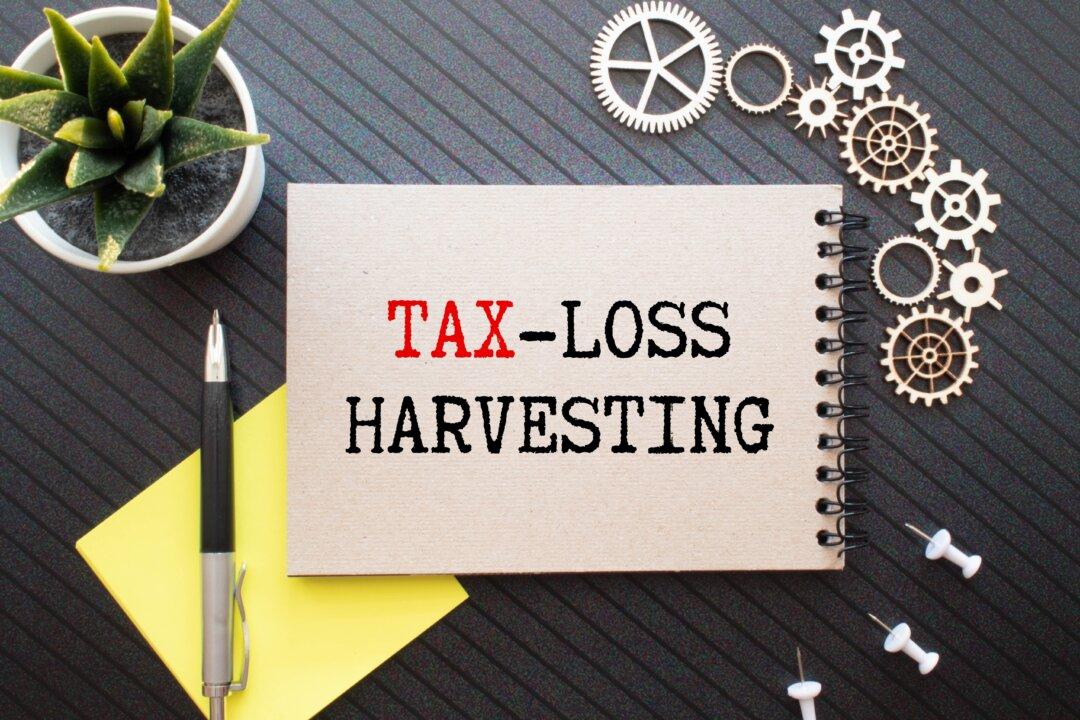When you have investments in the stock market, you may be able to reduce your capital gains taxes by using tax-loss harvesting. This legal method of reducing taxes can help you save money each year.
Tax-Loss Harvesting Benefits Large and Small Accounts
There was a time when the only people who could benefit from tax-loss harvesting (TLH) were those with large accounts. Investopedia says this is no longer true, based on a study from the MIT Laboratory for Financial Engineering.The increased use of computers in financial technology (“fintech”) has reduced the cost of transaction fees. Some companies have almost eliminated them, making TLH profitable for nearly any investor.






